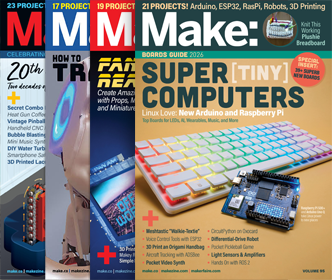Shelf made from back issues of National Geographic
Not exactly practical, but certainly clever, this shelf made from recycled magazines is by designer Sean Miller.
Sean coated the magazines with a a water/starch mixture and then he placed them under pressure for about a week to harden. Next he took a band saw to the consolidated stack and carved out space for a shelf. Holes were also cut into the bookshelf’s sides, allowing it to slide onto three rods to be hung. About 80 mags were used.
It’s another personal fave from among the finalists of Inhabitat’s second annual Spring Greening contest.







